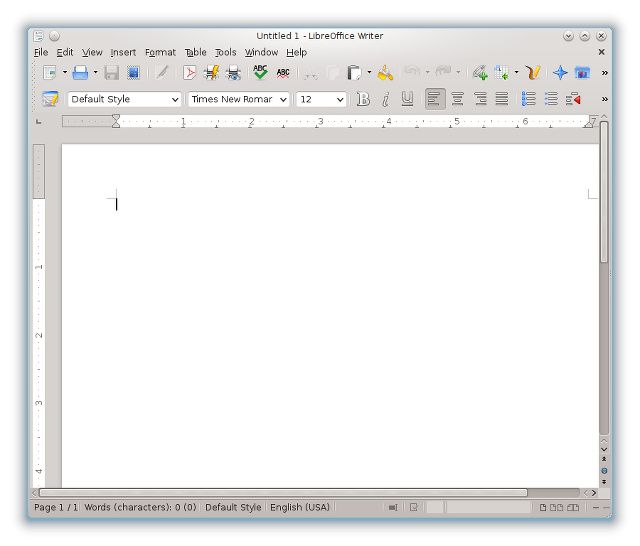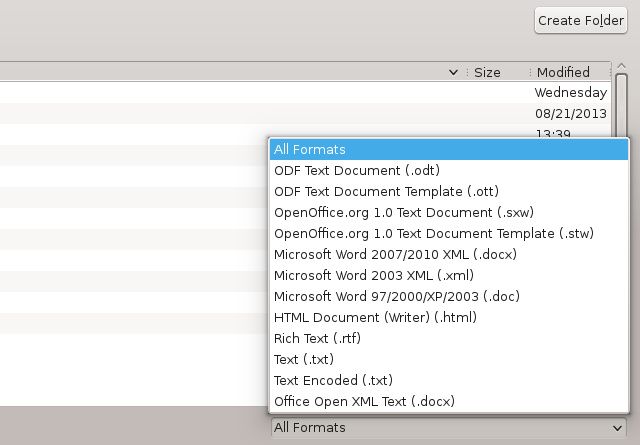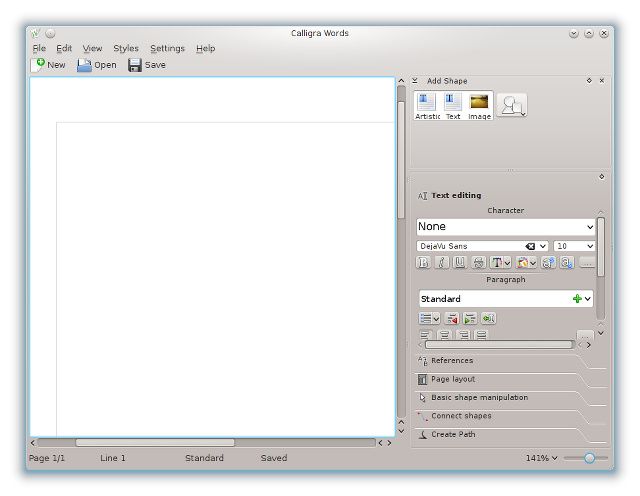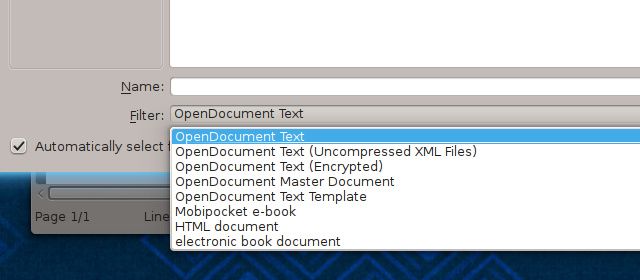Is LibreOffice the only worthwhile office suite for Linux users? Possibly not, thanks to KDE's Calligra.
LibreOffice, and its predecessor OpenOffice, have long been known as the leader in free office suites available for all Linux. While it's certainly the most popular choice among Linux users, it certainly isn't the only full-fledged office suite available for that operating system. Calligra is another choice for a complete office package.
With two very good choices at hand, which one do you go for? I compared these two office suites head-to-head on features, design, and compatibility to see which one is the best.
LibreOffice
LibreOffice, for those how aren't aware, was forked from OpenOffice's code back in 2010. Sun Microsystems had the rights to OpenOffice at the time, but Sun Microsystems was bought out by Oracle – and people feared Oracle would shut down the OpenOffice community and turn the project into a closed-source one.
Today LibreOffice s commonly found as the default office suite for most Linux distributions (the only exception, generally, being distros that aim to be lightweight).
LibreOffice comes with six total applications: Writer, Calc, Impress, Base, Math, and Draw.
Design and Features
LibreOffice looks and functions similarly to Office 97 through Office 2003. It is not like Office 2007+, as it doesn't include a ribbon user interface – nor will it probably ever. Most of the functions you find in Office are available in LibreOffice, although LibreOffice does lack some support for highly advanced or complex functions. There are also some functions that LibreOffice partially supports, in that you can create them, but they're not very compatible between different office suites. More on that later.
Compatibility
One of the major downsides (still) of LibreOffice isn't necessary it's amount of available functions which you can carry out with it, but rather the compatibility it has with the Microsoft Office suite. It offers a very good amount of compatibility with formats that have been around for a long time, such as .rtf and .doc, but it still has issues with newer formats such as .docx.Thankfully, it's been able to read and write to that format for a while now, so some compatibility is better than nothing I suppose. Full compatibility will never happen without actually using Microsoft Office, but LibreOffice comes pretty close.
Calligra
Calligra, an office suite usually recommended for KDE users, is a project completely independent from LibreOffice. It was forked from KOffice, another office suite where the development has stalled. It's safe to say that Calligra is considered to be the successor to KOffice.
Calligra comes with nine total applications: Braindump, Flow, Karbon, Kexi, Krita, Plan, Stage, Sheets, and Words. Compared to LibreOffice, this also includes a mind-mapping tool and a project managing tool – LibreOffice doesn't come with one at all, and Microsoft Office users have to spend another few hundred dollars to get Microsoft Project.
Design and Features
Caligra's interface is very different from Microsoft Office and LibreOffice. While the welcoming screen may seem a little familiar when compared to Office 2013, that's where all the similarities end. A lot of formatting functions for Calligra are available on the right hand side of the window rather than at the top, so the actual editing space for the document doesn't span completely across the screen, horizontally speaking. It also includes most of the functions that people generally need, but the feature list isn't quite as complete as LibreOffice's.
Compatibility
Sadly, Calligra's compatibility is quite a bit worse than LibreOffice's. General compatibility among most formats is decent but it could certainly be better. Also, Calligra supports reading .doc and .docx formats, but it doesn't support writing to either of them. Therefore, Calligra probably isn't the best choice if you're going to have to deal with a lot of Microsoft Office users.
Conclusion
While both office suites are decent and have their own pros and cons, I have to declare LibreOffice as the winner. While I'm quite impressed that Calligra can offer a few more applications (including one for project management), it's absolutely vital to maintain the highest amount of compatibility possible. Only LibreOffice can offer you the level of compatibility that you need to be able to work with most Office documents with as little worry as possible.
Both office suites should be installable via your respective package manager by searching for "libreoffice" or "calligra". Most applications will also be labeled with the suite in the name; one example is "libreoffice-writer".
Which office suite do you use? Are there any points that I missed, especially some that you believe make Calligra a better choice than LibreOffice? Let us know in the comments!
Photo Credit: ant.photos





